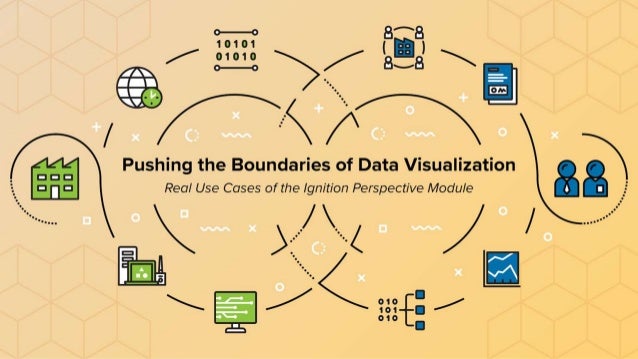
A flashing crossing signal near the grade crossing.A magnet on the locomotive’s tender to trip the reed switches as the train moves around the layout.Magnetic reed switches embedded in the track to provide position feedback from the train.Relays to invert the track power polarity and reverse the train.A speed controller to vary the track voltage (and the train speed) that was supplied by the train set’s DC power supply.We then put on our engineering caps and added some extra functions that you can’t get out of the box, including: We started out with a simple train set we found online consisting of a DC power supply, a loop of track, a steam locomotive, and some freight cars attached. When planning the project, we knew we wanted to have a physical system to control, and because Paul grew up as a model train nerd, we thought it would be fun to build a train layout, add some useful inputs and outputs, connect them to a PLC (we are an industrial automation company after all), and control the entire system from Ignition.īird’s-eye view of the train layout and four reed switch locations Building the Railroad The team for this project consisted of Jay and Zack from DMC’s Denver office, and Paul from DMC’s New York office, all of us DMC systems engineers and Ignition developers. This module adds a lot of great new features to Ignition’s already powerful HMI screens, and we thought FedEx Day was the perfect time to test it out and work with the new, exciting platform. In 2019, Inductive Automation released the newest version of their Ignition HMI/SCADA platform, Ignition 8, and with it came a new module called the Perspective Module. It takes our String argument and calls codeToObjectFragile() on it without specifying a whitelist.Īs shown in Snippet 4, this will Base64 decode the String and then invoke ObjectInputStream.Every year or so, DMC hosts a FedEx Day, where employees work on fun internal projects and deliver them in a day. We then go into ProjectDownload.getDiffs(). This is checked against the whitelist shown in the previous section and allowed to be deserialized since it’s a String class.
Pcs 7 inductive automation ignition code#
The code shown in Snippet 3 will perform Base64 decoding on it, which will result in: Our payload will have the following format: We're able to bypass the serialization whitelist and execute our code! But how? Let's dig into it. To summarize, to achieve remote code execution, we need to do the following:ġ - Create a ysoserial CommonsBeanutils1 payload.ģ - Encapsulate the payload in a Java String object.Ĥ - Serialize the String object using the standard Java serialization functionality.ĥ - Base64 encode the serialized String object.Ħ - Send a request to /system/gateway invoking getDiffs() with the malicious parameters. One of them is getDiffs(), which is shown below: The. class contains a number of actions that are accessible by an unauthenticated remote attacker. In our case, we used this as a springboard to attack other functionality. An unauthenticated attacker can invoke the “project diff” functionality to obtain crucial information about a project. The first vulnerability in this chain is an information leak, but not used as such in our exploit. Vulnerability 1: Unauthenticated Access to Sensitive Resource

Now let’s get to the exploit chain we used at Pwn2Own. If you’re interested in reading more about it, check out Java Unmarshaller Security or this Foxglove Security Blog Post. It is out of the scope of this blog to explain Java deserialization, how it happens, and how devastating it can be. Since these are all very simple types, the mechanism described here is an effective way to stop most Java deserialization attacks. It only allows the following object types to be deserialized: Before we dive into that, let's look at what a signer() request looks like:Īs it can be seen in the snippet above, the default allow list ( DEFAULT_WHITELIST) is very strict.

Usually, performing client-server communications with serialized Java objects can lead to direct code execution, but in this case, it is not that simple. Its code resides in the .servlets.Gateway class. It communicates with clients using XML containing serialized Java objects. Only a few can be called by an unauthenticated user. This API endpoint allows the user to perform remote function calls.

Several API endpoints are listening on that port, but the one we’re concerned with is at /system/gateway. The main ports are TCP 8088 and TCP/TLS 8043, which are used to control the administrative server over HTTP(S) and handle communication between various Ignition components. Ignition listens on a large number of TCP and UDP ports, as it has to handle several SCADA protocols in addition to its primary functionality. Before we dig deep into the vulnerabilities, let’s cover some background information on Ignition and the /system/gateway endpoint.


 0 kommentar(er)
0 kommentar(er)
